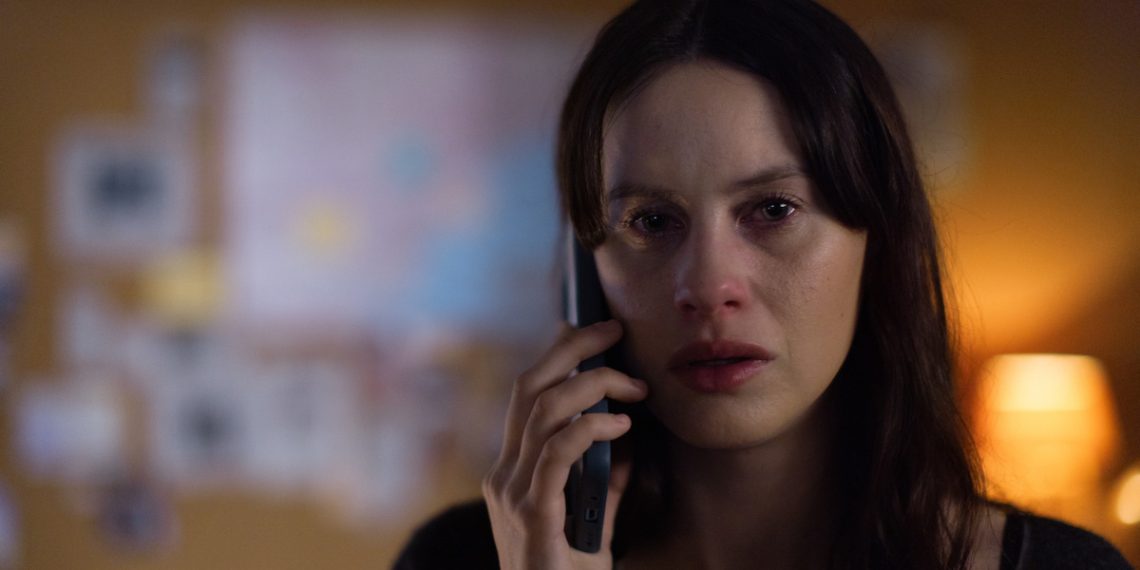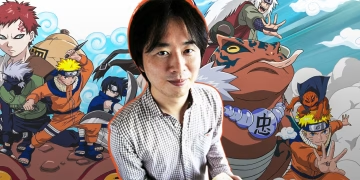Netflix’s thriller library expands with The Snow Girl, a Spanish mystery series adapted from Javier Castillo’s novel, written by Jesús Mesas. Spanning six episodes, it crafts an intense narrative around Miren Rojo (Milena Smit), a determined journalist intern drawn into the harrowing case of Amaya Martín, a young girl abducted during a festive parade.
Miren’s obsession with Amaya’s disappearance intertwines with her traumatic past. Through flashbacks, viewers learn she’s a survivor of sexual assault, a shadow that looms over her pursuit of justice. This dual narrative adds emotional depth, blending her trauma with the ongoing investigation.
The show’s structure balances suspense and character development. Each figure carries emotional baggage, making their actions compelling and layered. The story is not just about solving a crime; it’s about how tragedy shapes individuals, leaving viewers eager for every new clue and twist.
The Snow Girl Ending Explained

By the fifth episode, tension is at its peak. Miren’s investigation leads her to Iris, whose involvement in Amaya’s abduction becomes undeniable. Iris lives in seclusion, a location symbolizing both physical and psychological isolation. The confrontation between Miren and Iris is electric, filled with undercurrents of fear, suspicion, and hidden truths.
The scene’s intensity isn’t just in the dialogue but the atmosphere—remote, quiet, yet heavy with dread. This encounter is pivotal, as Miren herself is under scrutiny, linked to recent deaths connected to a dark web scandal involving her own past trauma. Knowing she’s running out of time, Miren pushes forward with unwavering determination.
Clues are meticulously placed for both Miren and the audience to piece together. The VCR in Iris’s home matches the tapes sent to Amaya’s family. A pink bicycle hints at a child’s presence, despite Iris claiming she lives alone. Even small details, like Iris’s headband, mirror those seen in the videos, confirming suspicions.
Iris’s slip-ups—mentioning only her and a dog in the house while the bike and strange noises upstairs suggest otherwise—add to the mounting evidence. Miren’s sharp instincts pick up on these inconsistencies, though the show cleverly lets the audience play detective alongside her.
The Climactic Downfall of Iris
With tensions boiling over, Iris realizes she’s been exposed. What follows is a desperate escape attempt, leading to a brief yet intense car chase. Iris’s decision to drive off the road symbolizes her final, irreversible descent. Her attachment to Amaya, whom she renamed Julia, was rooted in her own grief over infertility—a tragic detail that adds complexity to her character.
The crash is brutal. Amaya survives with minor injuries, but the emotional scars run deeper. In a chaotic moment, she shoots at Miren, a raw reaction from years of manipulation and fear. Miren disarms her, embodying both a savior and a symbol of the harsh reality Amaya must now face.
Amaya’s reunion with her real parents is bittersweet. After nine years in captivity, she no longer responds to her birth name. Her mother’s gentle acknowledgment of the name “Julia” creates a fragile bridge toward healing. This scene is heartbreaking, highlighting the long road ahead for Amaya’s recovery.
Despite her heroism, Miren doesn’t escape suspicion. The police link her to the deaths of individuals tied to the dark web site that hosted her rape video. Eduardo (José Coronado), her mentor and confidant, destroys incriminating evidence to protect her, showcasing the depth of their bond and his unwavering loyalty.

Unveiling the Meaning Behind ‘The Snow Girl’
As the series nears its conclusion, a two-year time jump reveals Miren has authored a book titled Snow Girl, chronicling her journey through the case. In a reflective moment during a book reading, she explains the title’s significance. The “snow” refers to the white static at the end of the tapes sent by Amaya’s captors—a haunting image that mirrors Amaya’s isolation and Miren’s relentless drive to find her.
This metaphor encapsulates Miren’s obsession. The static wasn’t just noise; it was a symbol of a life suspended in time, lost in a blizzard of trauma and neglect. Miren’s refusal to let Amaya disappear into that “snow” reflects her fight against both literal and emotional darkness.
An Ominous Twist: The Story Isn’t Over
Though The Snow Girl was marketed as a limited series, its ending hints at more to come. Just as Miren seems to have moved on, she receives a mysterious envelope with the chilling message: “Want to play a game?” Inside is a photo of another girl, bound and in distress.
This cliffhanger reopens the door to Miren’s investigative world, suggesting that her fight against evil is far from over. The unanswered questions linger: Who is this new victim? How is it connected to Miren? Could it tie back to the same network of criminals?
This twist not only sets the stage for a potential second season but also reinforces the idea that the darkness of Miren battles isn’t confined to one case. Evil persists, and Miren’s story is part of an ongoing struggle against it.
Miren’s Complex Legacy
Throughout the series, Miren emerges as a complex protagonist—both a victim and a warrior. Her trauma doesn’t define her but fuels her determination. Her actions, often morally ambiguous, reflect the blurred lines between justice and vengeance.
Her relationship with Eduardo adds depth to her character arc. His role isn’t just that of a mentor; he’s her anchor, someone who sees beyond her scars and supports her unconditionally. Their dynamic is one of the show’s most compelling emotional threads.

While Miren’s journey is marked by loss and pain, it’s also about resilience. She confronts her demons head-on, refusing to be silenced by fear or guilt. This makes her story both heartbreaking and inspiring, resonating with anyone who’s fought to reclaim their voice after trauma.
Themes That Resonate Beyond the Mystery
The Snow Girl isn’t just a crime thriller. It delves into themes of loss, identity, and the psychological aftermath of trauma. The show explores how abduction affects not just the victim but their family, the investigators, and even the perpetrators.
The portrayal of Amaya’s parents illustrates the ripple effects of grief and hope. Their struggle to reconnect with a child who’s been psychologically reshaped by her captor is gut-wrenching yet authentic. It’s a raw look at how time and trauma can fracture relationships.
Iris’s character challenges the typical villain trope. While her actions are unforgivable, the show offers glimpses into her pain, making her both monstrous and tragically human. Her descent into darkness is a cautionary tale about unprocessed grief and obsession.




